|
 2014-Enhancing Communication for Individuals with Autism 2014-Enhancing Communication for Individuals with Autism
A Guide to the Visual Immersion System
Comprehensive text detailing the clinical assessment and intervention program (The Visual Immersion System) designed, applied and researched in the Autism Language Program. It is scheduled for publication in mid -2014 by Brookes Publishing Company.
|
|
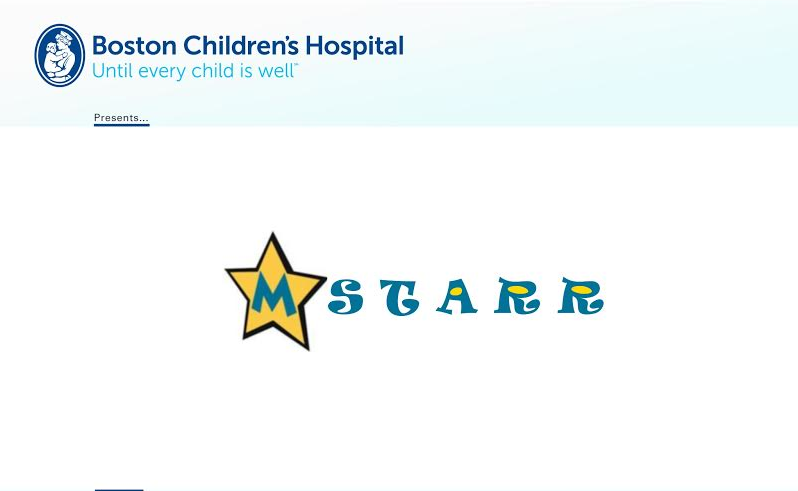 2013 - MSTARR 2013 - MSTARR
Advanced app custom designed first – then displays (with embedded timer and count-down boards) and daily schedules. M-STARR allows for innovative Just-in-Time (JIT) wireless delivery of alerts and reminders. Licensed to SpecialNeedsWare, LLC.
|
|
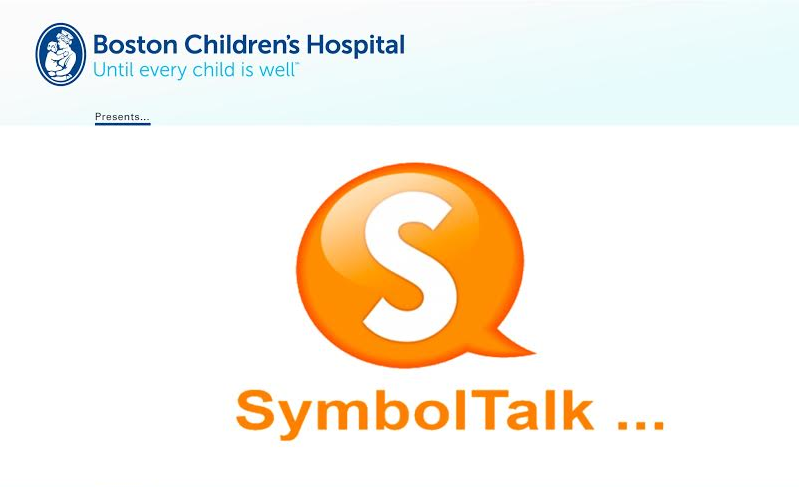 2013 - Symboltalk 2013 - Symboltalk
State-of-the-art communication app by which graphic symbols can be retrieved through speech recognition or touch. Mentors can send messages consisting of language elements as well as dynamic or static scene cues wirelessly to a learner’s mobile device. The ALP Animated Graphic set can be retrieved from the program’s symbol library. Licensed to SpecialNeedsWare, LLC.
|
|
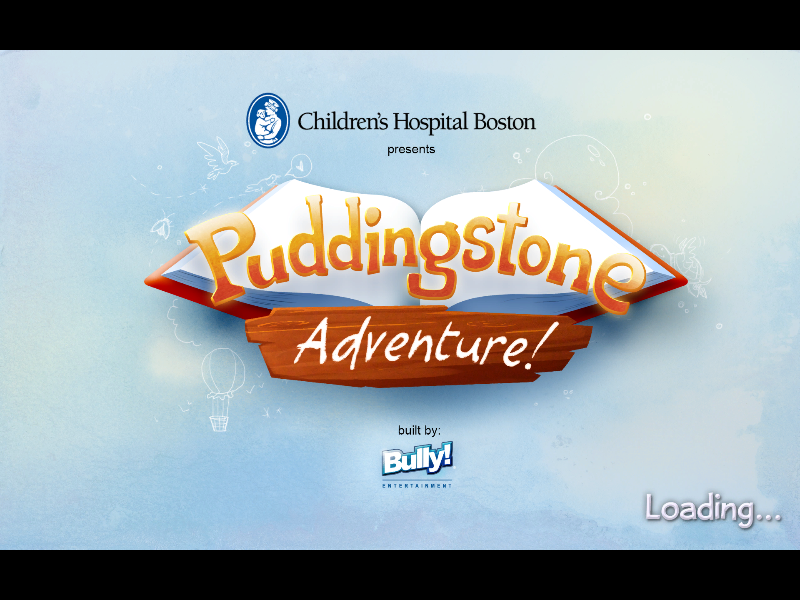 2013 - Puddingstone Learning Adventure 2013 - Puddingstone Learning Adventure
An interactive virtual world intended to teach difficult to learn language concepts, symbol syntax, and activities of daily living. Animated characters help the learner navigate each environment and learn new concepts. Licensed to SpecialNeedsWare, LLC.
|
|
 2012 2012
Visual Communication Symbol Set (VCSS) is an expansion of the ALP Animated Graphics (AAG). This new set of animated graphics contains dynamic graphic depictions for over 350 action verbs and prepositions. It also includes animated representations for the most common adjectives. This new set also includes representative sounds for many of the action verbs.
|
|
 2010 2010
Introduce Video Modeling (VOL), a software application that helps individuals learn new behavioral skills in a two-step learning process (View & Do). An onscreen highlighter helps the learner focus on key portions of the video.
|
|
 2009 2009
Introduce ALP Animated Graphics (AAG), a set of dynamic graphic depictions for over 100 action verbs and prepositions. The graphic images were created using a consistent theme for agents and objects in order to optimize acquisition of these hard to learn language concepts.
|
|
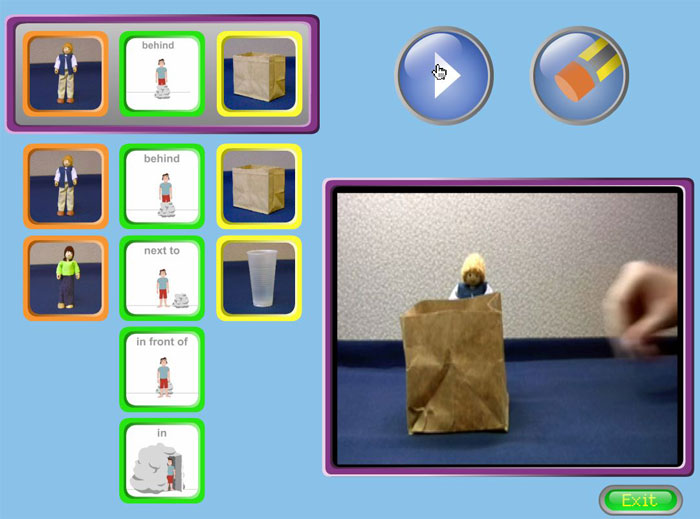 2009 2009
Introduce Teaching Language Concepts (TLC), a software application that teaches action verbs, prepositions and descriptors. The selection of a logical sequence of graphic symbols (composed of essential language elements) leads to an associated video clip. An important option of the application is a personalization feature whereby video clips and still images reflecting personalized content can be easily uploaded into the program’s image warehouse.
|
|
 2006 2006
Introduce Learning Together with Music, a software program with music, games and visual supports to help acquire and improve language for children with language/learning difficulties.
|
|
 2006 2006
Introduce Puddingstone Place, an interactive virtual environment for teaching vocabulary and language skills to children with a variety of developmental disabilities.
|
|
 2005 2005
Introduce Two-way Observational Learning as a clinical tool for persons with autism.
|
|
2003
Remotely deliver AAC over the Internet to modify software at an off-site location.
|
|
 2002 2002
Develop the Boston Children's Hospital Medical Symbol Set.
|
|
2002
Develop visual-based curriculum in a collaborative affiliation with Monarch School for Children with Autism.
|
|
 2002 2002
Develop first clinical application using scene and element cues for persons with autism.
|
|
 1997 1997
Develop EyeWare, an eye gaze communication system for persons with severely limited motor control.
|
|
 1996 1996
Develop Companion, the first clinical application of graphical metaphor (currently known as a visual scene display) in AAC.
|
|
1996
Establish the Boston Children's Hospital Model for AAC in the Intensive Care Unit featuring the first focused use of Voice and Message Banking for patients who will experience a short or long term loss of speech skill.
|
|
 1995 1995
Develop Freestyle, the first AAC device with a computer operating system.
|
|
1995
Develop LINK, a portable alphanumeric device with speech output for persons with good access to the keyboard, but poor speech output.
|
|
1994
Develop MultiPhone, an AAC-based telephone for the world market.
|
|
1993
Conduct double-blind studies and create clinical protocols for establishing the actual author during facilitated communication (FC). Research contributes to the debunking of the FC phenomenon.
|
|
 1991 1991
After a partnership with Digital Equipment Corporation, develop MultiVoice, the first voice synthesizer developed expressly for persons with disabilities. The MultiVoice uses high quality dec-talk speech.
|
|
1991
Develop WriteAway, the first word prediction, word processing software program for persons with language learning disabilities, after determining a clinical need for a software program that would help author predict the spelling of words.
|
|
 1991 1991
Develop VoisShapes?, an AAC software application that uses graphic elements of American Sign Language to create words and phrases.
|
|
 1989 1989
Mobile Outreach Program hits the road, the first mobile AAC clinic dedicated to providing service to less mobile persons and more rural communities.
|
|
1988
Introduce voice banking in clinical practice at the Communication Enhancement Center and inpatient population at Boston Children's Hospital.
|
|
1985
Introduce the first clinical application of voice recognition for persons with spinal cord injuries.
|
|
 1985 1985
Feature matching as a diagnostic tool is introduced in routine clinical practice at the Communication Enhancement Center.
|
|
1985
Communication Enhancement Center, the first center in the United States dedicated to AAC, opens at Boston Children's Hospital.
|
|
 1984 1984
Develop Message Maker-Scanning software, allowing persons who were unable to use a keyboard to efficiently construct messages. As a cursor reached the desired letter, the user could activate a switch to bring up the list of possible word choices.
|
|
 1983 1983
Develop Message Maker-Keyboard software allowing persons with motor disabilities to efficiently construct messages using a computer keyboard. When a letter is selected, the list of words beginning with that letter become available for selection.
|
|
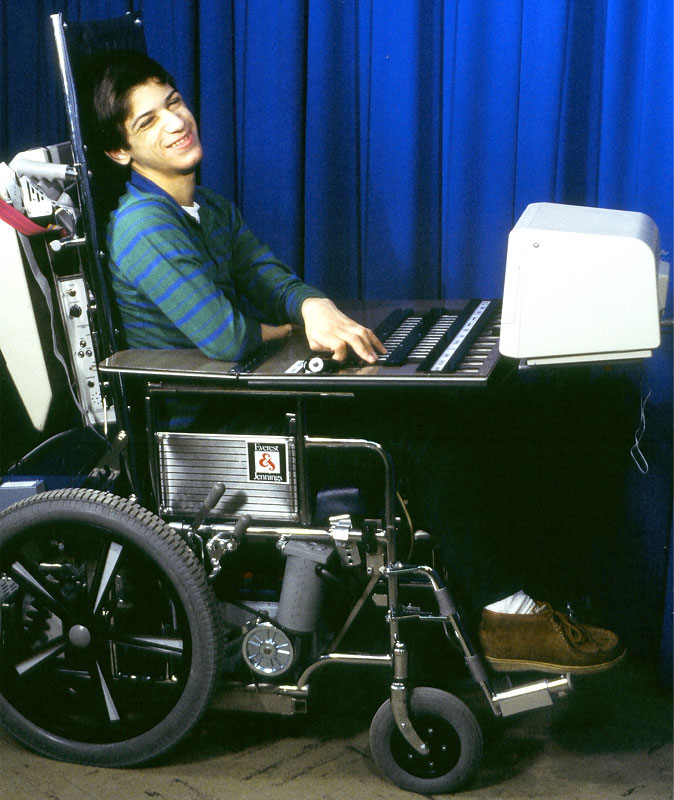 1983 1983
Mount an Apple IIe on the wheelchair of 15-year-old Tony Bonfiglio, a child with cerebral palsy. This was the first general purpose computer ever mounted on a wheelchair used as a communication device.
|
|
1981
Develop Target, the first general purpose computer software program that uses scanning for people with physical disabilities.
|
|
1980
Develop the Election Decision Matrix, the first systematic approach for establishing candidacy for augmentative and alternative communication (AAC).
|